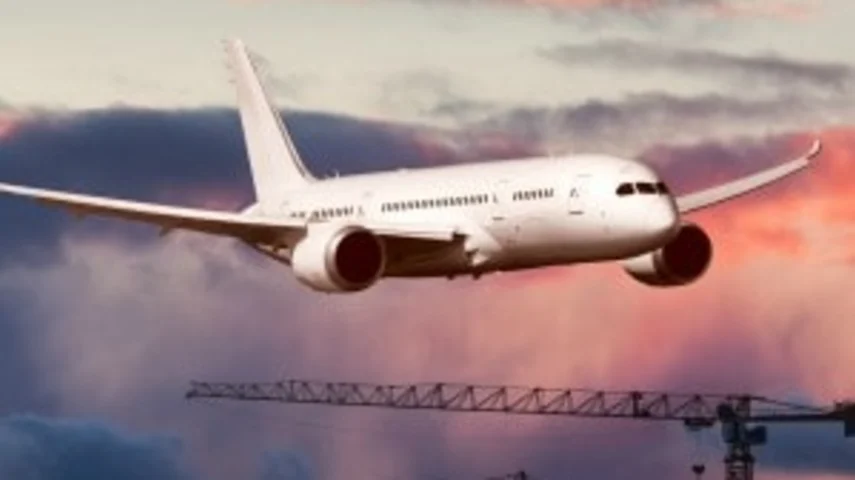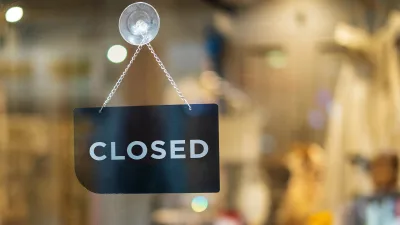Bright spots in listed infrastructure



While some listed infrastructure assets such as airports were badly hit by COVID-19 pandemic, others such as toll roads are beginning to recover, according to First Sentier Investors.
Toll roads were an example of the infrastructure asset adversely impacted by COVID-19 lockdowns, however this asset class had already started to recover, a trend which was strengthened by people returning to work and an increase in private transport as many were avoiding buses and trains due to the health risks.
“Toll roads have historically been a defensive asset with stable volumes and high margins. However, unprecedented lockdowns have changed the profile of toll road traffic and the lower demand led to a sell-off. We think that they have been mispriced since that time, and falls of up to 30% were an overreaction,” Peter Meany, head of global listed infrastructure, said.
According to the firm, there were small outflows from its global listed infrastructure funds in March, but this was reversed by new inflows since April, as many investors viewed the downturn as an opportunity to increase their exposure to real assets, and de-risk their portfolios away from equities.
Meany also said he expected dividends from infrastructure to remain relatively resilient: “We are estimating that dividends will be down by around 10% this year, which shows the sustainability of infrastructure income when compared to equities.”
Similarly, sustainable infrastructure assets also managed to prove their worth during this period.
“We believe that a focus on ESG doesn’t compromise returns and, in fact, it can provide a more defensive and better risk outcome. We have a dedicated Sustainable Listed Infrastructure Fund which has showed good performance through this period,” he said.
At the same time, airports’ recovery would take much longer to recover, with domestic flying returning first followed by regional such as within Europe or Australian and New Zealand.
“But the high value customers are international. Compared to domestic, they pay up to three times more to land and spend five times more once they arrive. So, we are forecasting at least a three-year recovery period for this asset class,” Meany said.
“Pre-COVID, we believed airports had been overpriced, and so even after recovering, we expect their value will be reset at a lower point than before.”
Recommended for you
LGT Wealth Management is maintaining a neutral stance on US equities going into 2026 as it is worried whether the hype around AI euphoria will continue.
Tyndall Asset Management is to close down the Tyndall brand and launch a newly-branded affiliate following a “material change” to its client base.
First Sentier has launched its second active ETF, offering advisers an ETF version of its Ex-20 Australian Share strategy.
BlackRock has revealed that its iShares bitcoin ETF suite has now become the firm’s most profitable product line following the launch of its Australian bitcoin ETF last month.












